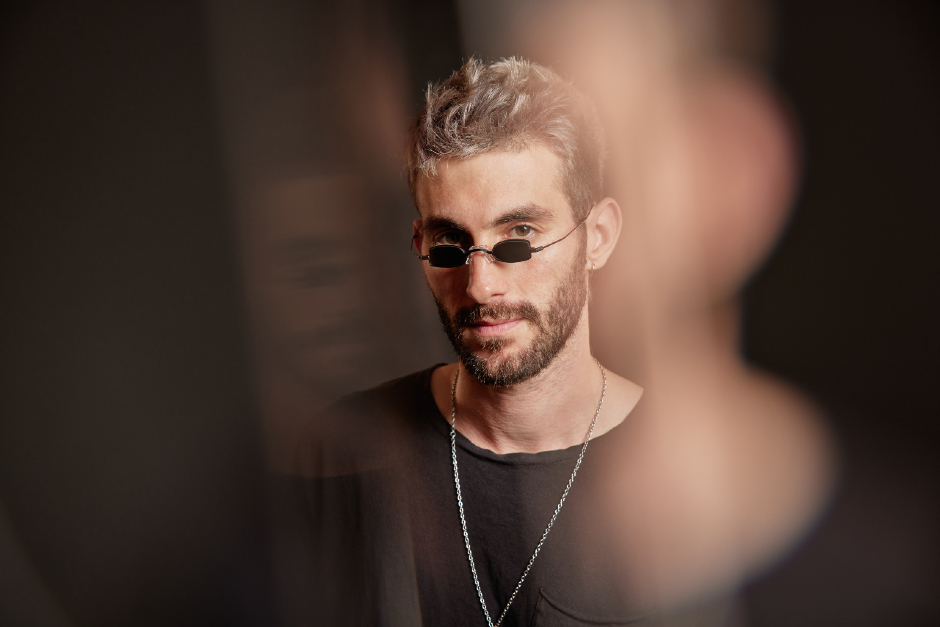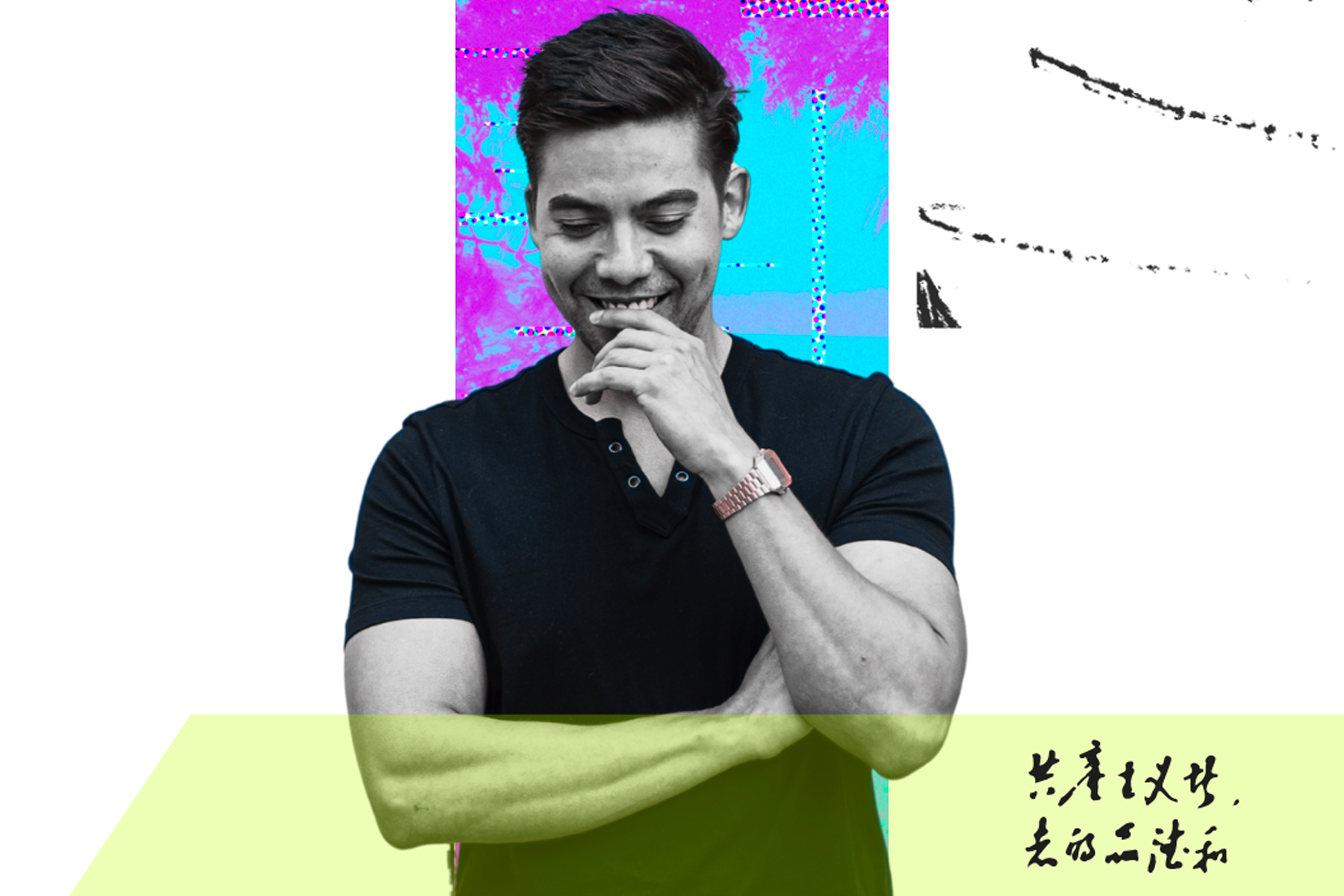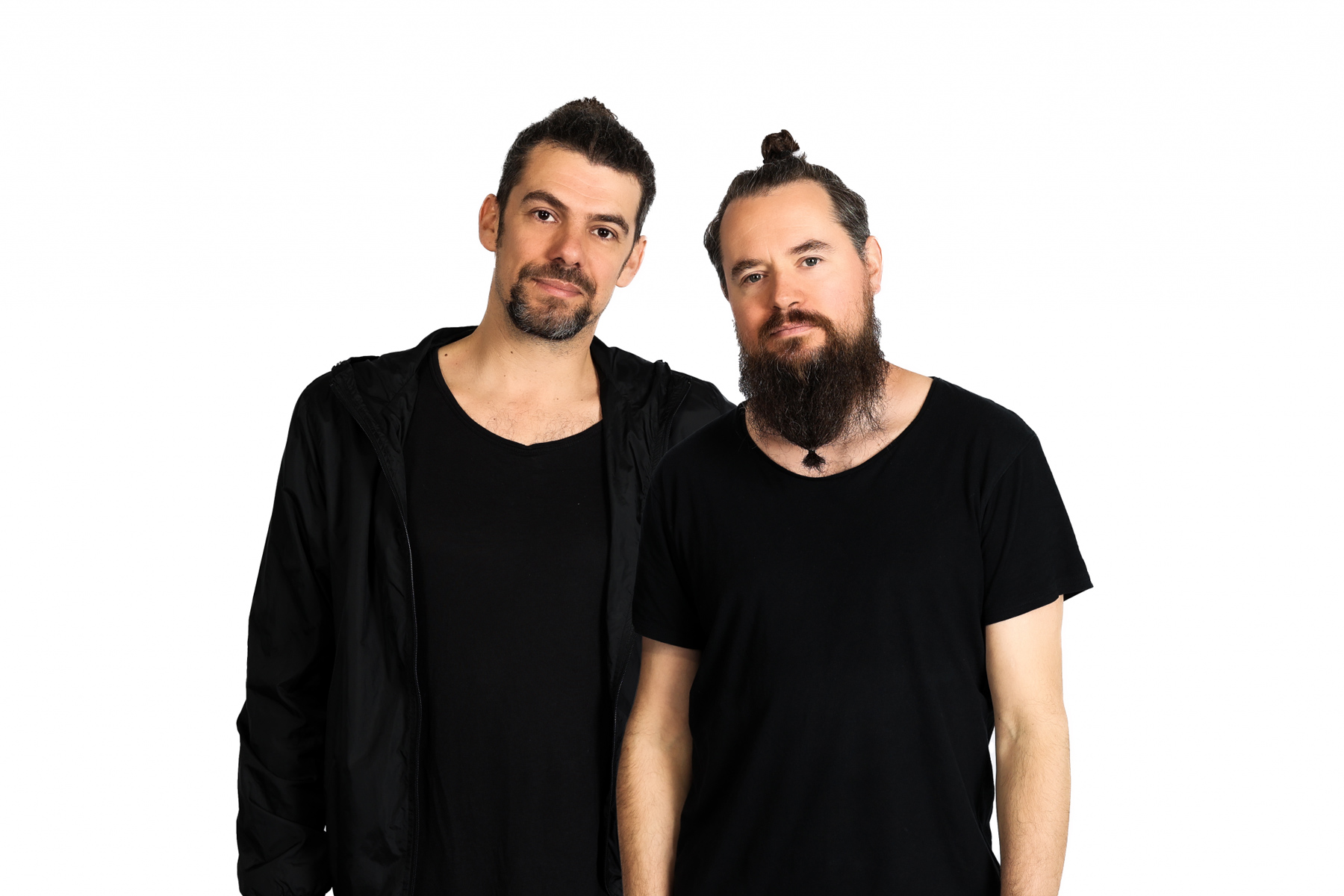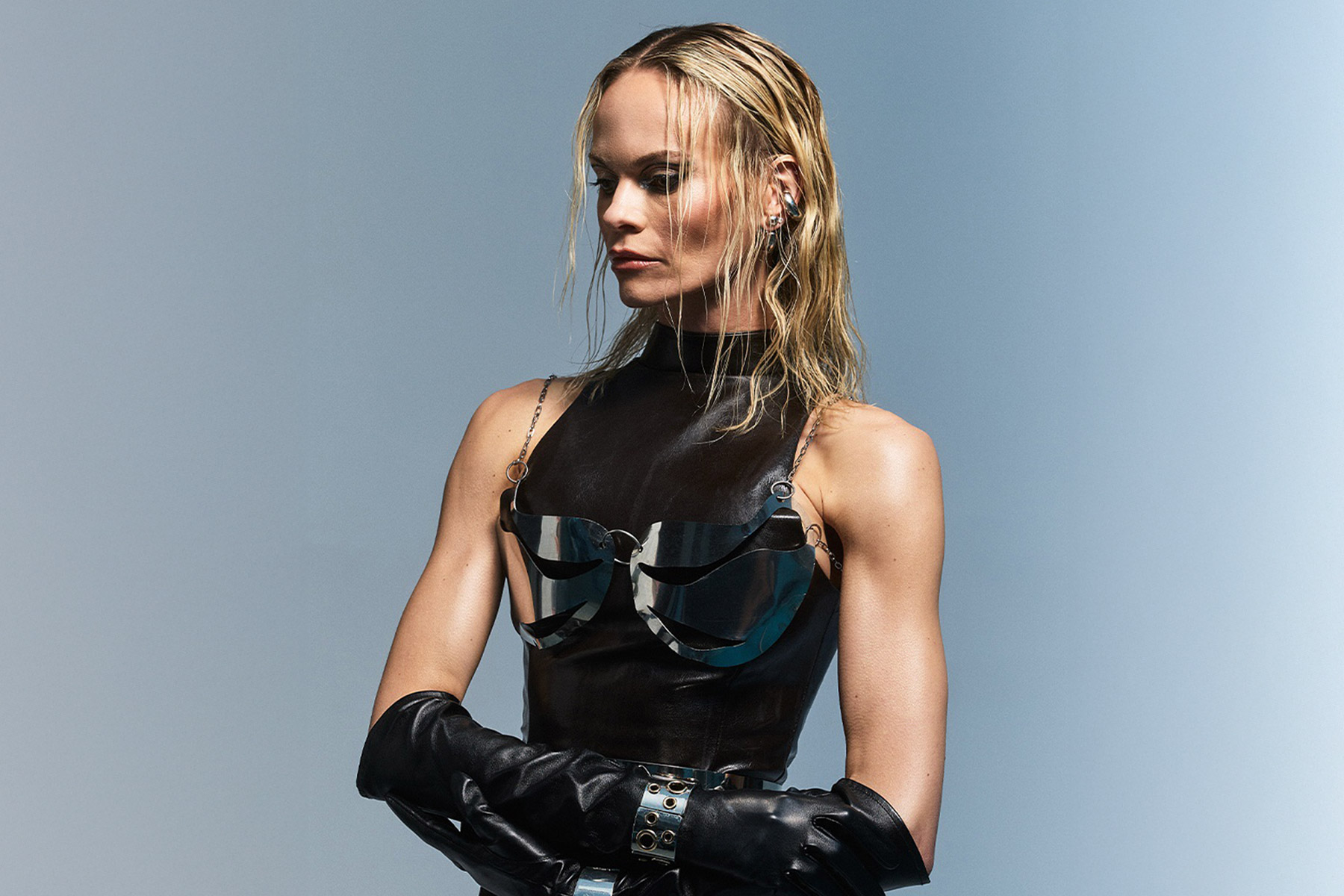Photo Credit: Galen Oakes
Part electrical engineer, part multi-instrumentalist psychonaut, Jake Lubell has synthesized a knack for wild, eclectic beats into a flagship for the next-generation of analog obsessed producers. Through a decade of dedication to self-taught musical exploration and a keen understanding of late nights on the dancefloor, this talent on the verge has emerged as one of North America’s most promising forces. A global perspective on crate-digging has yielded a unique sample-ladden and rhythmic approach for Lubelski in the studio and booth alike, delivering a wild obsession for the groove often unattainable for young artists.
1. Using Sends
Many producers look at using Sends as overrated, but I actually think it’s often underrated for the ways it can add texture and subtleties to your music. Most of my tracks have anywhere between 4 to 12 Sends! I use parallel compression and distortion to create a layer of grit and movement for each element of the mix. Adding effects like reverb and delays build depth and filters throughout as opposed to just changing a sound entirely when putting the effect directly on the channel.
2. Everything under 150-200Hz in Mono
I keep everything under this range in Mono because of how it affects the quality of sound and overall performance when played back on a larger sound system, like the club or a show. Having a very stereo low-end can negatively affect the way your mix phases out, so a trick that I use all the time is creating two channels for my basslines. One that is low passed under that 150Hz mark, while the other is high passed over the 150hz. This way, I can then apply to the high passed channel any additional stereo effects I want and the processing won’t end up sounding flat. Other ways I create texture is by experimenting with auto filters that have a 3/16th rate, adding some auto panning, and very subtle delay helps to really fill out the space; even a flanger will help to create some movement in the frequency range.
3. Live Automation in an internal recording
This is a trick that I absolutely love because of how much I use analog gear in general. Try mapping certain parameters to a MIDI controller and then record the audio as you mess around with it. For example, I love to map the cutoff filter, resonance, and release of a synth like ABL3. Doing live automation gives your digital synths and live audio a feeling that’s typically hard to emulate by just drawing lines.
4. Start ideas a new Waw, every time
I think starting each new song with the same ol’ formula of a Kick, Clap, Hat, Bass, can make the creative workflow quite stagnant. My advice would be to start each project or session with the approach of doing something new and different, every time.
Here are some ideas that I use:
-
Start with a very well-known vocal and transpose the vocal to MIDI. It’ll give your idea an instantly recognizable melody but with your own sound.
-
Use an old recording that you might have archived in your library. I will sometimes type in “Audio” or “Modular” to start with a sound that I may have not used in full before. Resampling your own recordings might even give you some more cohesion across your discography.
-
Start with a part of the song you usually don’t start with. Whether that’s your hook or your bassline, or just going crazy on some FX for one part or element of the song, just to add some diversity so that you can explore and find different areas that you otherwise wouldn’t have thought before to try. Experiment with your material until you have something that you think is really cool.
5. Tracks are never finished, only surrendered
I’m pretty sure Leonardo DaVinci was the first to coin the phrase, ‘but it applies nonetheless’ which is a philosophy that I really live by because I think being able to let go of the art or medium at a certain point, is the hardest and yet most important skill one can acquire. You can work something into the ground until it’s something else entirely. But learning to realize when the track is good enough, even when you’re sick of it, is really the work of an artist.
Stream and buy Lubelski’s ‘Happy Accidents’ here.
Follow Lubelski: Instagram | Soundcloud | Spotify | Facebook








